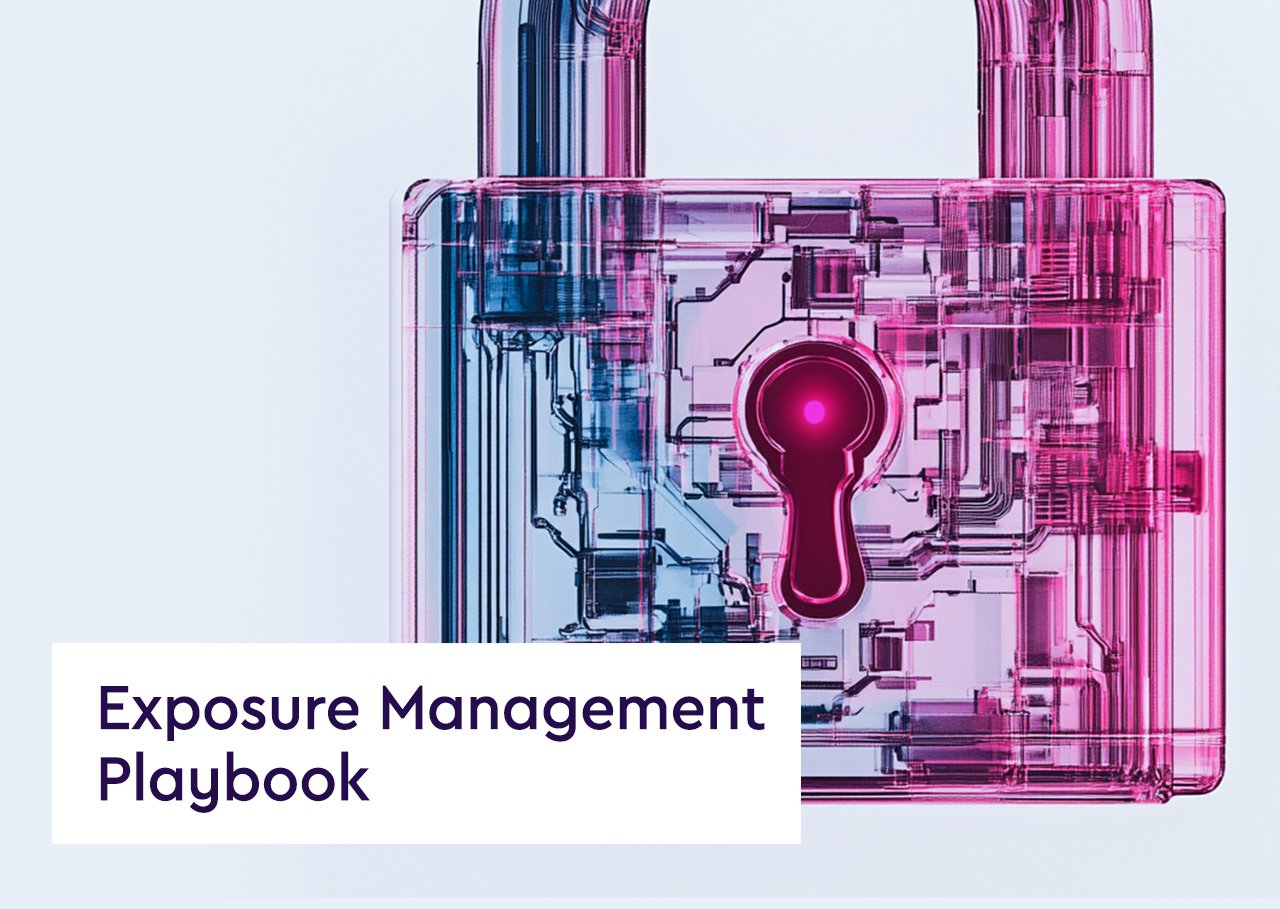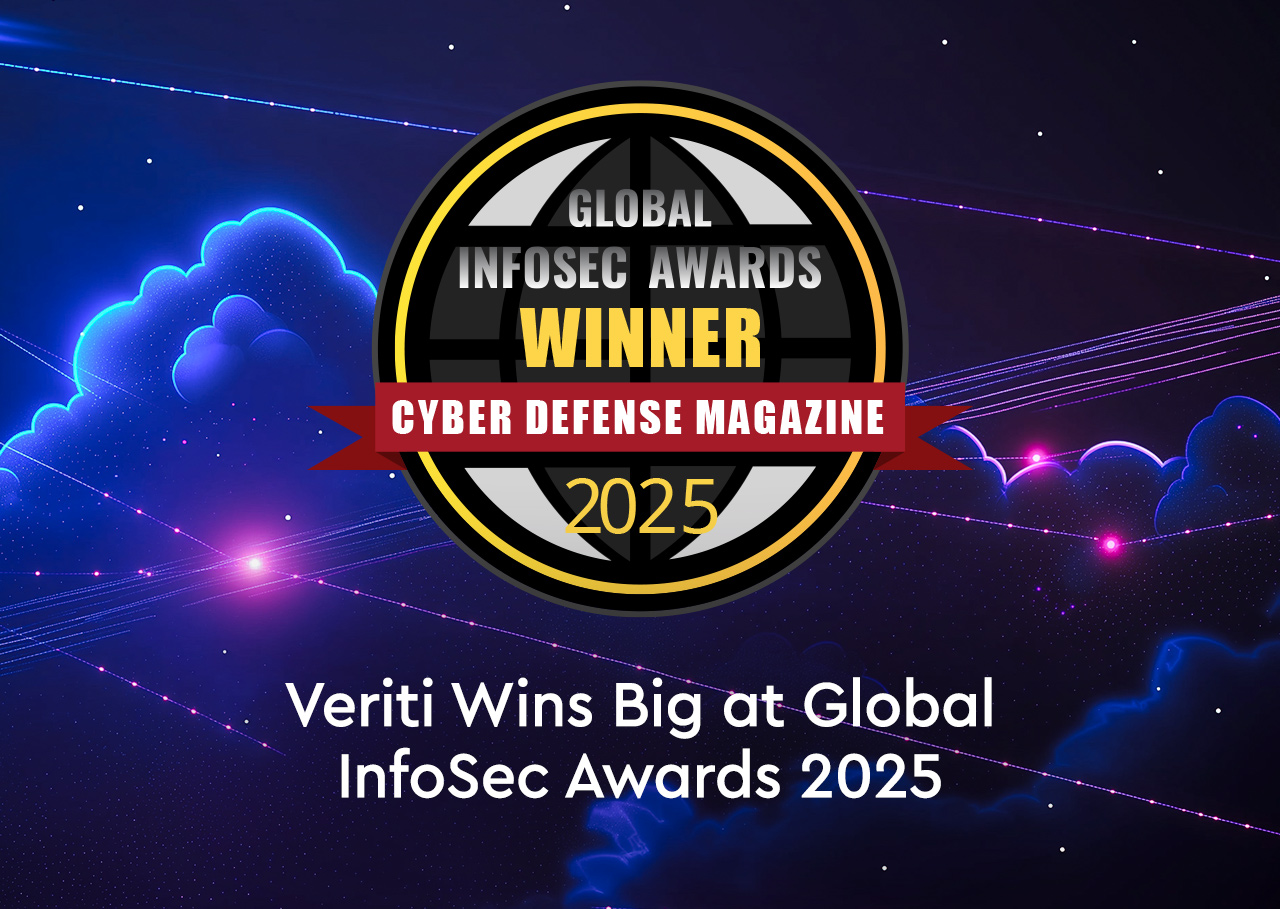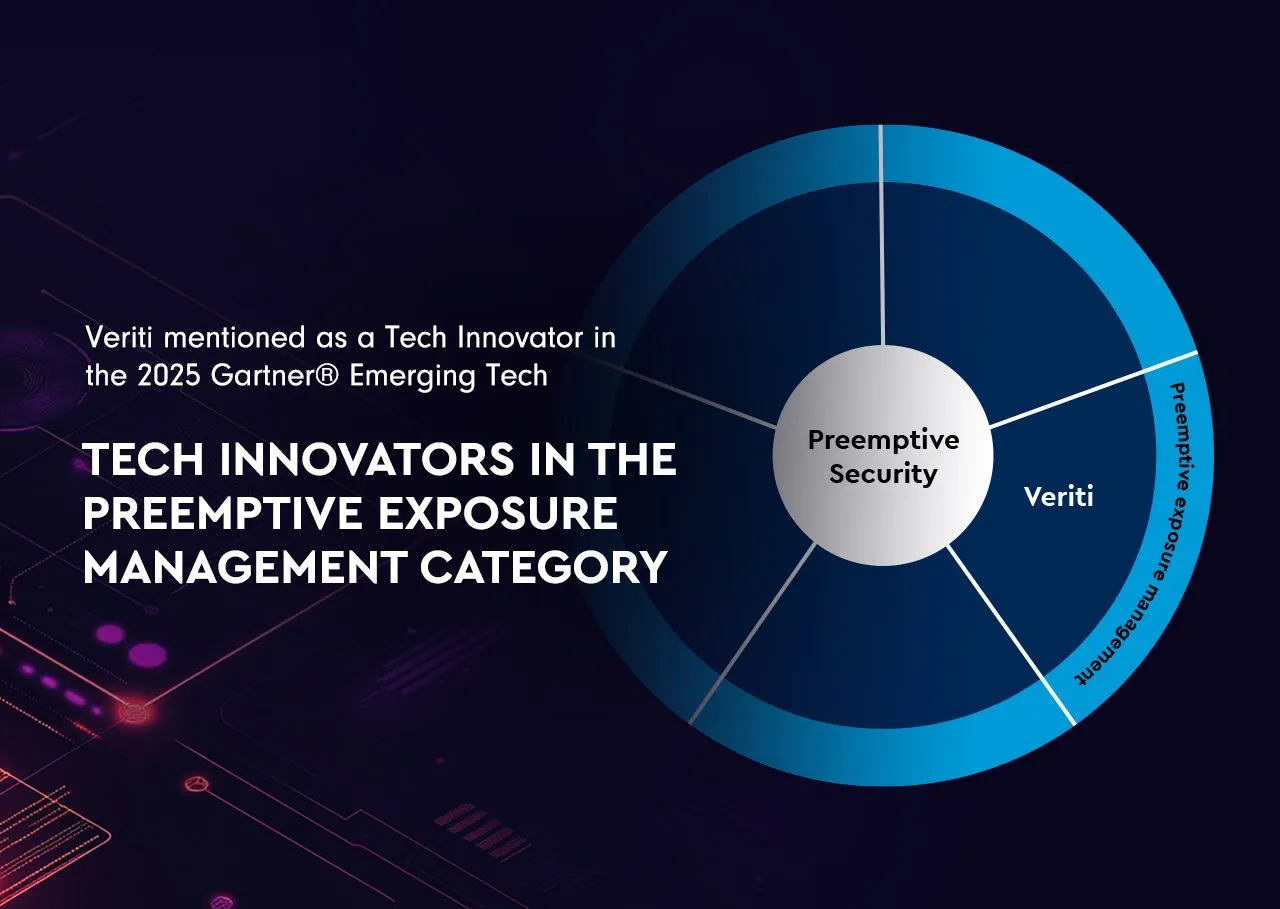Definition: Consolidated Security refers to the integration and centralization of various security measures and technologies into a unified system. This approach aims to streamline cybersecurity management by bringing together disparate security tools and processes, such as threat detection, incident response, and compliance management, under a single framework.
One of the key benefits of a consolidated security approach is the ability to enable remediation without business disruption. Unlike traditional methods that offer recommendations without execution, Veriti emphasizes actionable, automated remediation that ensures vulnerabilities are addressed swiftly and safely without operational downtime or business interruptions
Key Features and Benefits:
- Enhanced Visibility and Control: Consolidation offers a comprehensive view of the security landscape, making it easier to identify and manage potential threats.
- Simplified Management: By reducing the complexity of handling multiple security solutions, consolidated security simplifies administration and operational tasks.
- Cost-Effectiveness: Integration of various tools into a single solution can lead to cost savings by eliminating redundant systems and processes.
- Improved Response Time: A centralized security framework facilitates quicker response to security incidents, as it streamlines the decision-making process.
Emerging frameworks like Exposure Assessment, Exposure Management, Preemptive Cyber Defense, and Automated Security Control Assessment (ASCA) are rapidly reshaping the security landscape. These approaches focus on the continuous identification, prioritization, and remediation of exposures to reduce risks proactively. Consolidated security platforms are uniquely positioned to adopt and operationalize these advanced frameworks, bridging gaps between vulnerability detection and secure remediation.
How it Works:
Consolidated Security involves the amalgamation of different security technologies and practices into one cohesive system. This might include combining firewalls, intrusion detection systems, antivirus software, and other security measures into a unified platform. Advanced analytics and reporting tools are often used to provide a holistic view of the security posture, allowing for more effective monitoring and management.
Automation and orchestration to minimize manual effort and improve efficiency
Prioritization is a cornerstone of effective consolidated security. Veriti’s prioritization framework integrates both security and business factors to focus on actively exploited and high impact exposures. On the security side, this includes metrics like CVSS and EPSS scores, enriched with threat intelligence insights from active attack data and organization specific control configurations. On the business side, Veriti considers operational ease, potential labor savings, and cost efficiencies, ensuring that high priority vulnerabilities are remediated without unnecessary strain on resources.
Comprehensive integration capabilities with existing tools
Veriti’s ecosystem of over 60 integrations across the security stack supports the consolidation of diverse security tools. By leveraging API integrations with top-tier platforms—spanning operating systems, endpoints, networks, and cloud environments—Veriti continuously scans for configuration drifts, exposures, and vulnerabilities. These integrations create a unified, comprehensive view of an organization’s security posture, simplifying management and enhancing overall effectiveness.
Use Cases:
- AGENTLESS OS-LEVEL REMEDIATION: Remediate directly at the OS-Level on the endpoint.
- VULNERABILITY REMEDIATION: Safely remediate vulnerabilities in one click.
- SECURITY CONTROL HARDENING: Reduce risk across the network, endpoint and operating system.
- THREAT INTELLIGENCE ENFORCEMENT: Extend and enforce threat intelligence across all security controls.
Consolidated Security represents a strategic approach to managing cybersecurity challenges in modern IT environments. It offers improved efficiency, cost-effectiveness, and enhanced control over security operations. However, implementing a consolidated security system requires careful planning and execution to ensure that it effectively meets the specific needs of an organization while remaining adaptable to the evolving cybersecurity landscape.




